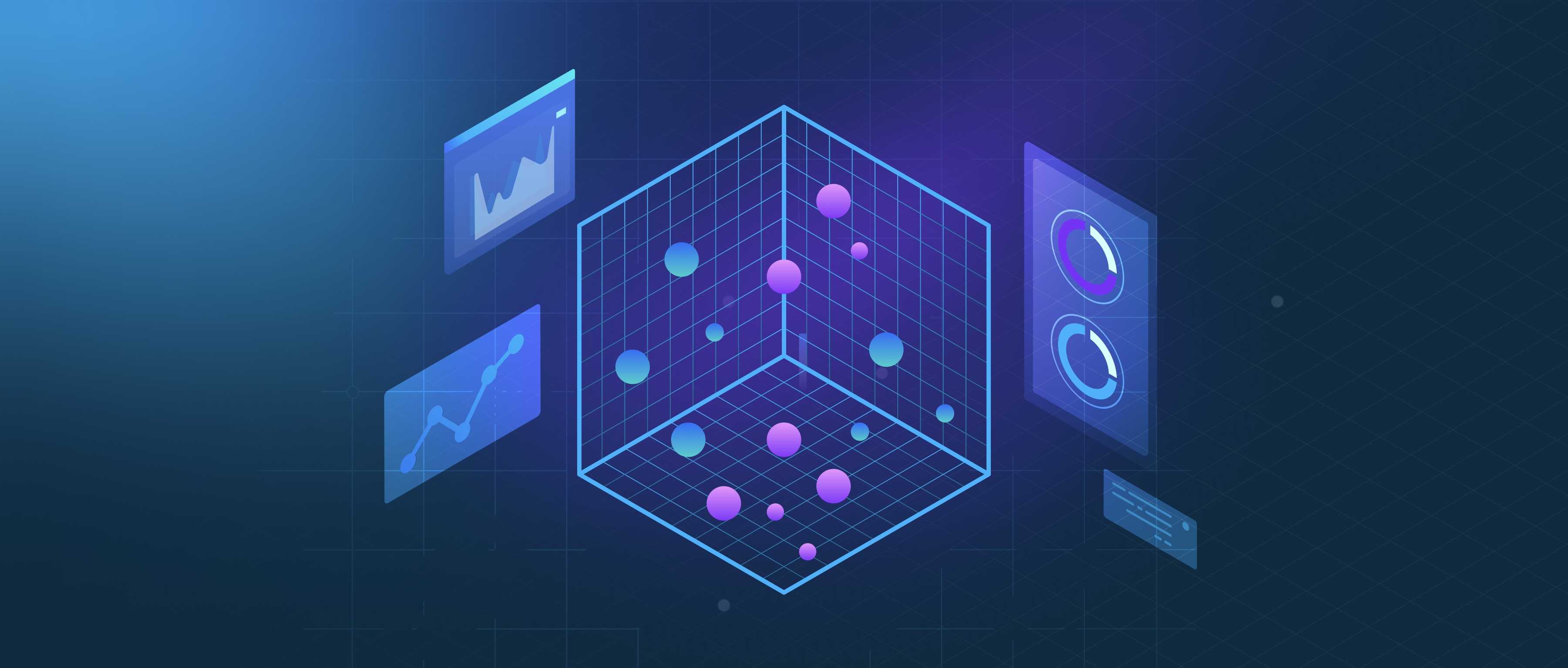NLP models handle slang and informal language by training on diverse and representative datasets, including text from social media, chat platforms, and forums. These datasets expose models to non-standard language patterns, abbreviations, and idiomatic expressions. For instance, models trained on Twitter data learn to interpret slang like "lit" (exciting) or abbreviations like "LOL" (laughing out loud).
Pre-trained transformer models like GPT and BERT excel at understanding informal language because their training data includes a wide range of text sources. Fine-tuning these models on domain-specific informal data further enhances their performance. Subword tokenization techniques, such as Byte Pair Encoding (BPE), also help models process slang by breaking unknown words into smaller, recognizable units.
Challenges remain, as slang evolves rapidly, and meanings can vary by region or community. To address this, models require continuous updates with fresh data. Lexicons and embeddings tailored for informal language, such as GloVe embeddings trained on Twitter, also improve performance. Despite advancements, accurately processing slang and informal text remains an active area of NLP research.
